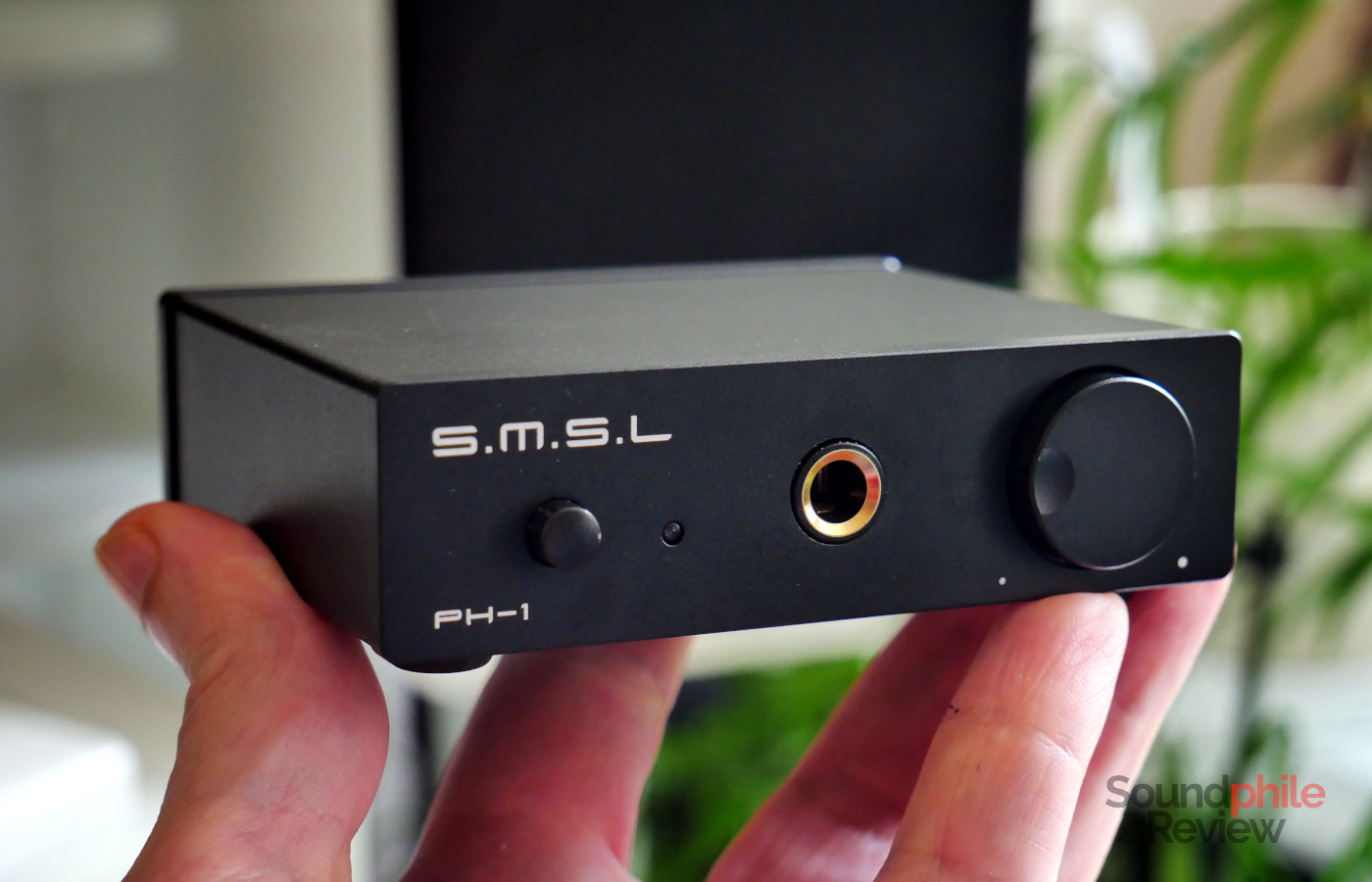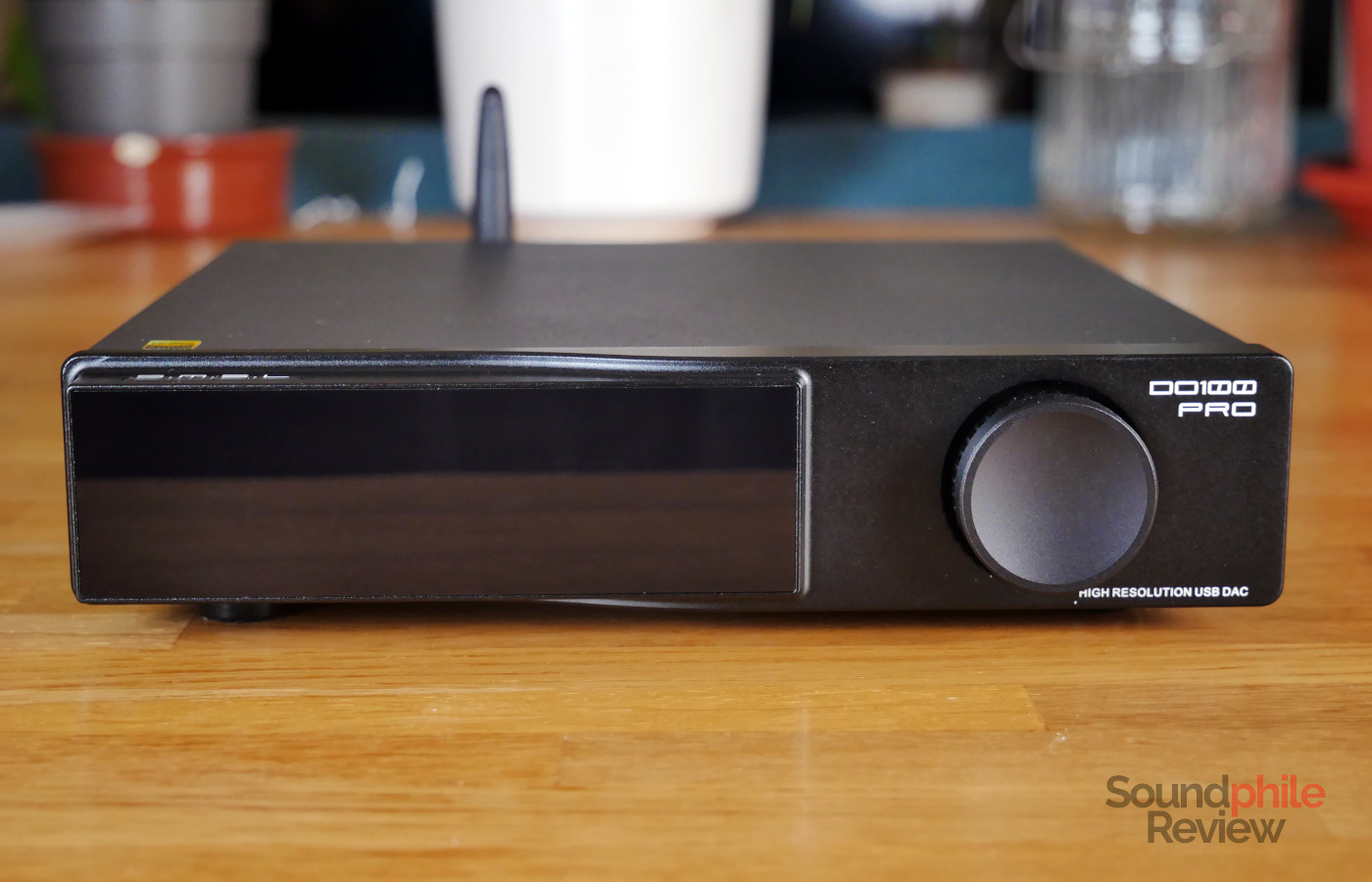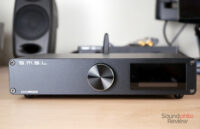If you’re reading Soundphile Review, there is a good chance that you are an audiophile with a long interest in audio and music, and therefore that you have at least dabbled in vinyls. There is also a (higher) chance that you got here through a search engine, and maybe you are taking your first steps in the world of audio. Whatever the case, the vinyl resurgence of the last few years has brought not only users, but also companies to take renewed interest in the vinyl world. The little SMSL PH-1 is a tiny phono amplifier for moving magnet turntables and comfortably sits at the entry-level of the market – with a twist, as usual with SMSL.
Disclaimer: I received a free unit from Aoshida Audio. They sell the PH-1 for $69. You can buy it from AliExpress, Amazon or directly from Aoshida.
TL;DR: recap
| Pros |
Cons |
| + Great build quality
+ High sound quality + No hiss nor hum + Headphone output + Fantastic value |
– Not at this price! |
Rating: 8.5/10
Packaging & Accessories
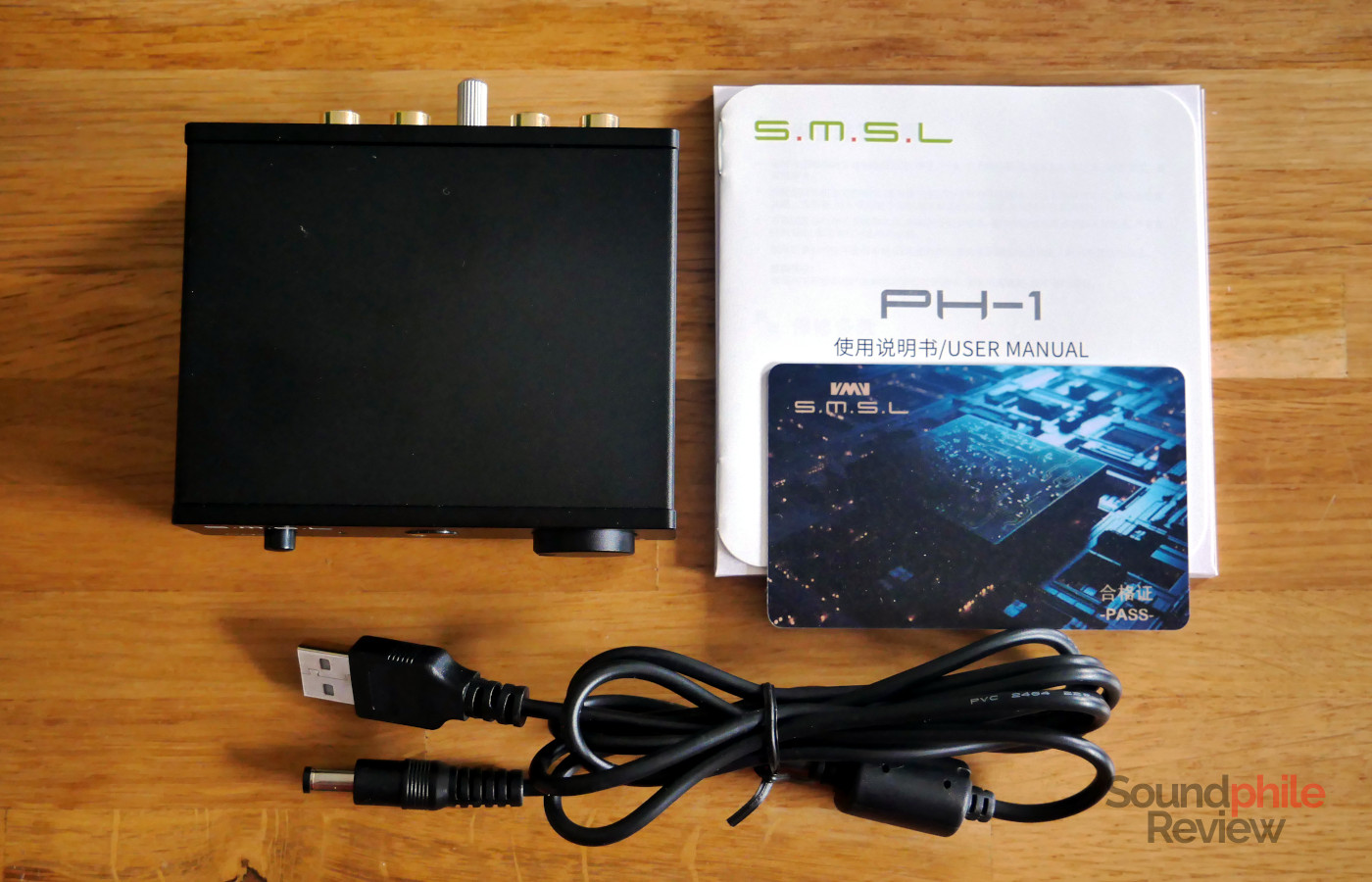
The SMSL PH-1 comes in a simple cardboard box which contains the device itself, a USB to barrel jack cable, as well as a manual.
Design & Build
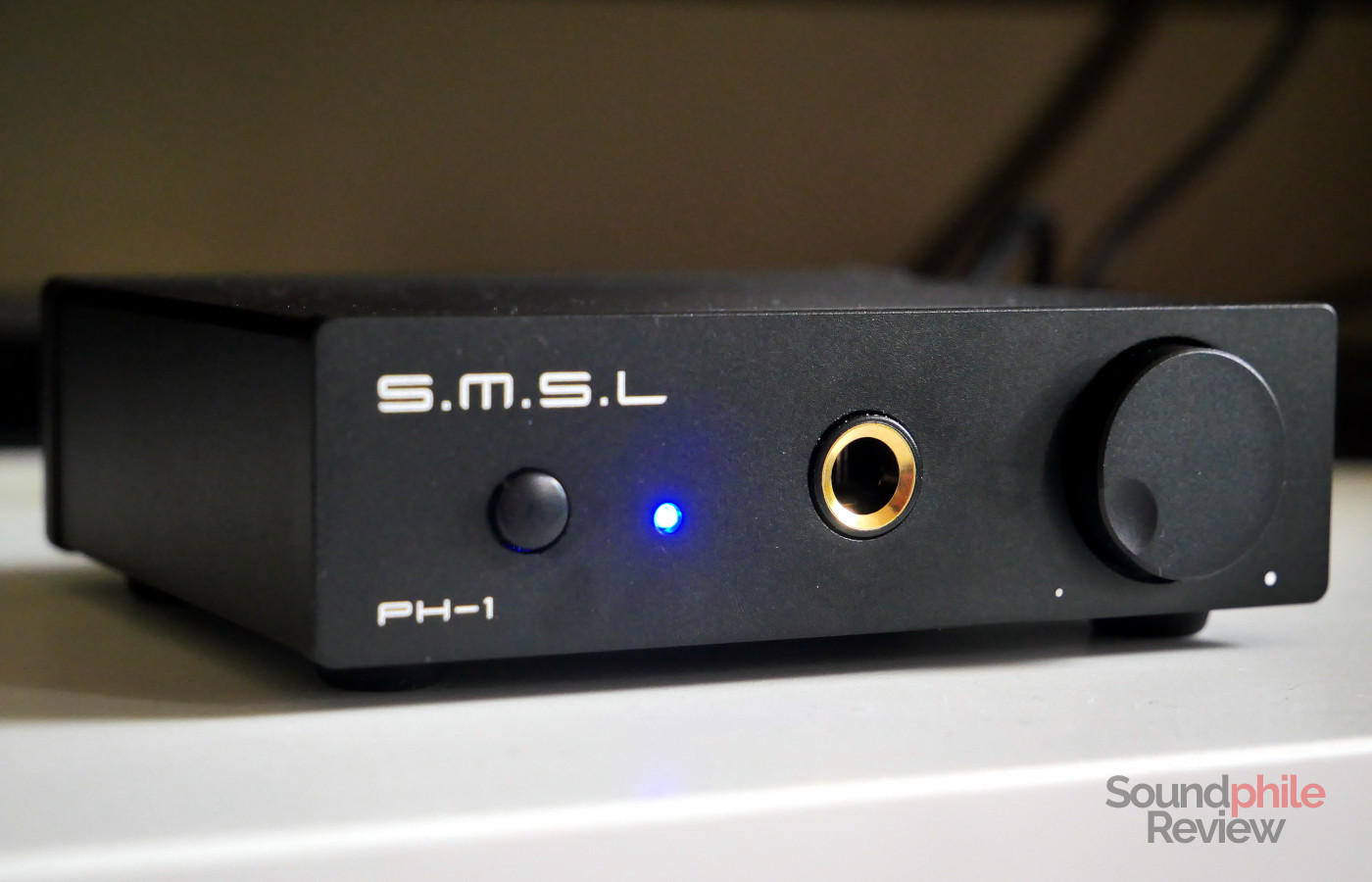
The design of the SMSL PH-1 does not really stand out – it is a small black rectangular box like many other audio devices. And this is a good thing! It will seamlessly integrate in any setup, existing or new, thanks to both the diminutive size (96 x 94 x 30 mm) and the simple design.
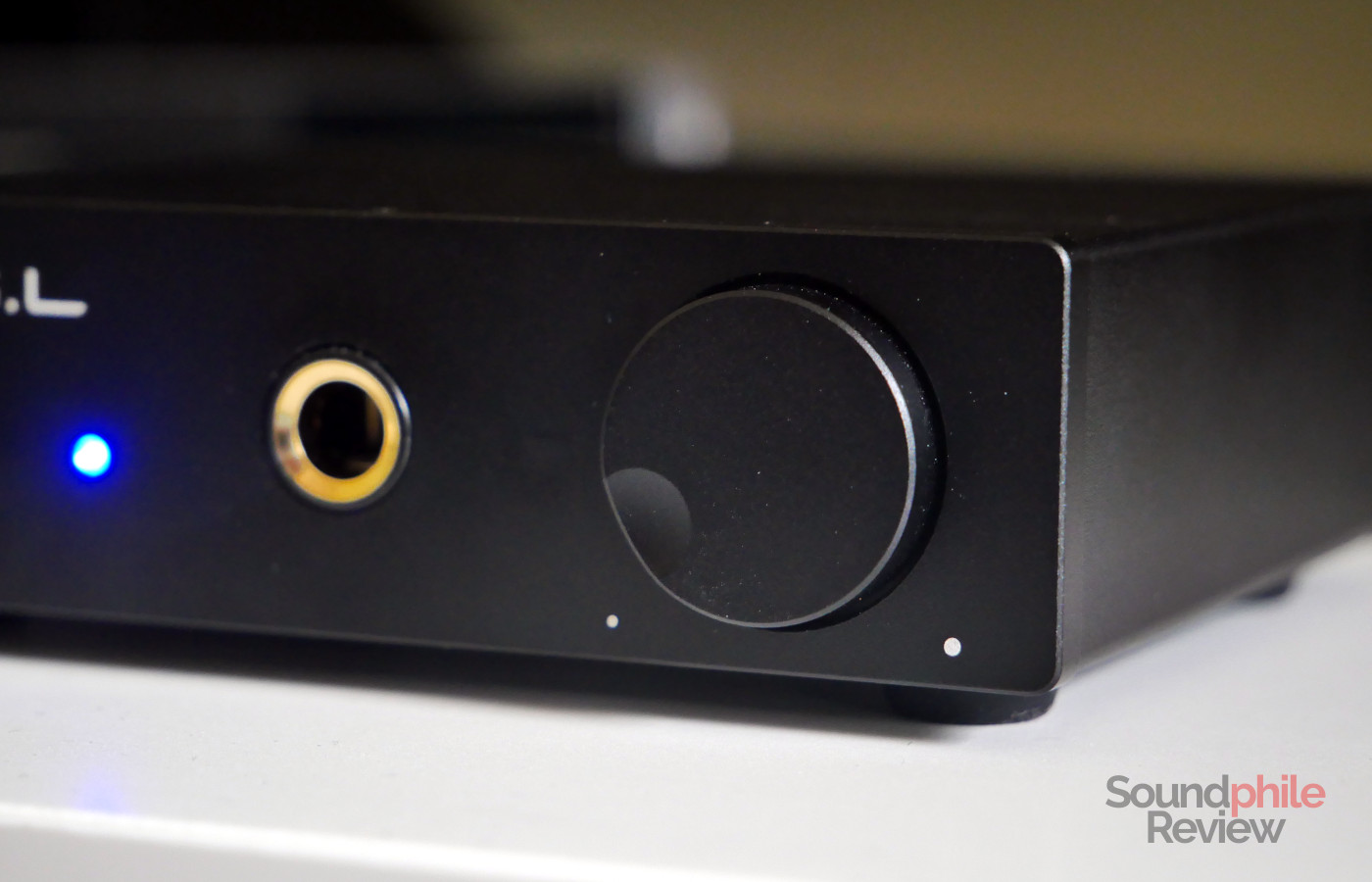
The front hosts the power button, a 6.3 mm jack, a blue status LED and a volume knob. The SMSL PH-1 is quite original in that it offers a headphone output, which is exceedingly rare on a phono amplifier but, at the same time, quite useful. The back is home to stereo RCA input and output, as well as a ground connector and to the power socket. Despite the cable being USB-A, SMSL chose to use a barrel connector rather than a USB-C one on the amplifier’s side, which would have made it easier to power the device; at the same time, the USB-A connector on the other side allows you to use a variety of power adapters – or even a power bank, if you wanted to get the cleanest possible power source.
In terms of build quality, the SMSL PH-1 appears to be very well built, with the chassis made of machined aluminium and held shut by screws on the back. Considering the price point this is sold at, it is exceptionally well built.
Features & Specs
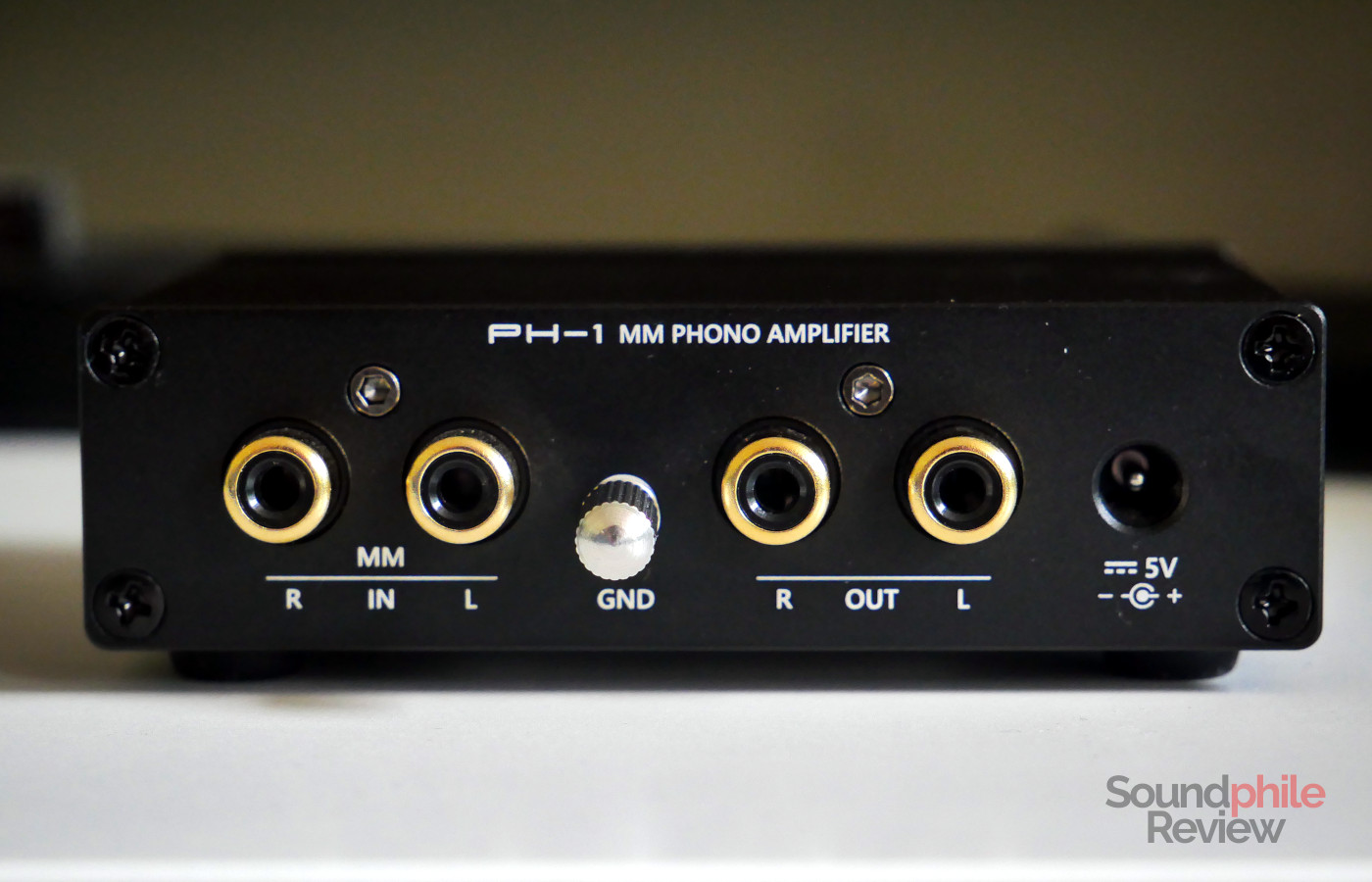
SMSL says that 90% of people have a moving magnet (MM) cartridge, rather than a moving coil (MC) one; designing a phono amplifier so that it caters to both means increasing complexity and cost, as well as (according to SMSL) lowering the performance. They then decided to create a phono amplifier for the vast majority of MM cartridge owners, ditching compatibility with MC cartridges. As a result, they were able to reduce the price to the very affordable level it is at now.
One great thing about the PH-1 is how simple it is to set it up: you just connect it to the power source, the turntable and your amplifier of choice, and you are good to go. It really couldn’t be simpler!
SMSL PH-1 |
| Input | RCA |
| Gain | 46 dB |
| Frequency response | 20 – 20,000 Hz |
| THD+N (@1 kHz) | < 0.008% |
| SNR | 84 dB |
| Crosstalk | – 77 dB |
| Headphone output power | 91 mW (@ 32 Ω) |
SMSL claims to have tested over 50 op-amps in the two-year-long design process for the PH-1. The result is that they managed to achieve a 46 dB gain, whereas most phono amplifiers normally offer 38-40 dB gain; this means that the output is 1 Vrms, which is line-level signal and leads to amplifiers having a much easier time, which in turn brings higher volume, better dynamics and so on.
The company has integrated a pop protector that completely eliminates the annoying “pop” sounds when your turn devices on and off.
One thing to note is that the volume wheel will only adjust the volume of the headphone output, so the PH-1 does not act as a pre-amplifier through which you can adjust the volume of the turntable signal.
Sound
I tested the SMSL PH-1 with a Sony PS-HX500 turntable and an SMSL AO300 driving a pair of Q Acoustics Concept 20 speakers.
The first thing to note is how clean the PH-1’s sound is: although it applies a high gain, it has a silent background which really helps to enjoy the sound to its fullest. The second thing I immediately appreciated was the dynamic range, which was excellent and led to the tiniest details being rendered with accuracy; I especially noticed this in Cyberdread’s debut (and, as far as I know, only) album No Definition. The layering was displayed clearly, with lots of details from the cymbals and the drums popping out. The soundstage is wide and deep, and imaging places instruments accurately on the stage.
The same is true when using the headphone output, which has no hiss nor hum and offers a very decent listening experience. Although many people will have a separate, and more powerful, headphone amplifier, the one integrated in the PH-1 will be enough to cover the basic necessities and to drive most earphones and low-impedance headphones. In fact, I found it was able to drive my Fosi Audio i5 effectively, so much so that I had to keep the volume close to the minimum for it not to be too high!
Final Thoughts
There is something to be said about focussing on one thing and doing it well. SMSL decided that the PH-1 phono amplifier would focus on MM cartridges and designed it around that, with results being nothing short of great – especially when you consider that this little device includes a headphone amplifier as well and it costs just $69. It won’t blow your socks off, it won’t satisfy the needs of extreme tweakers, but it will make your music pop out and feel lively. All of this without breaking the bank, which is arguably the most important bit (after all, what is the point of a fantastic piece of equipment if you can’t afford it?).
I can recommend the SMSL PH-1 to anyone who wants a competent phono amplifier that offers good performance while keeping the price affordable, whether they are novices or seasoned audiophiles.

